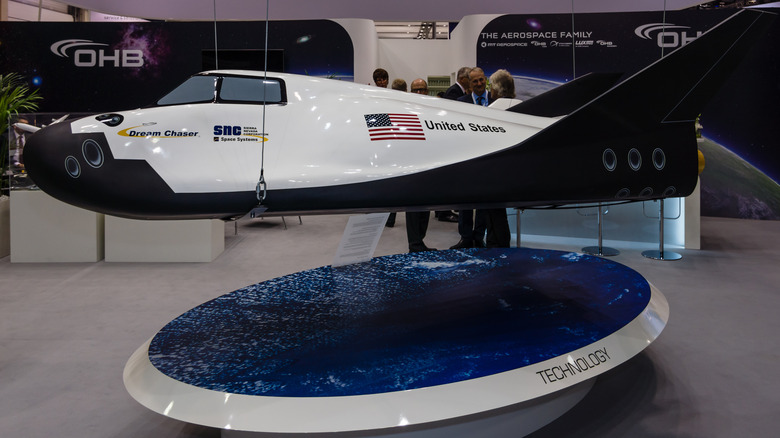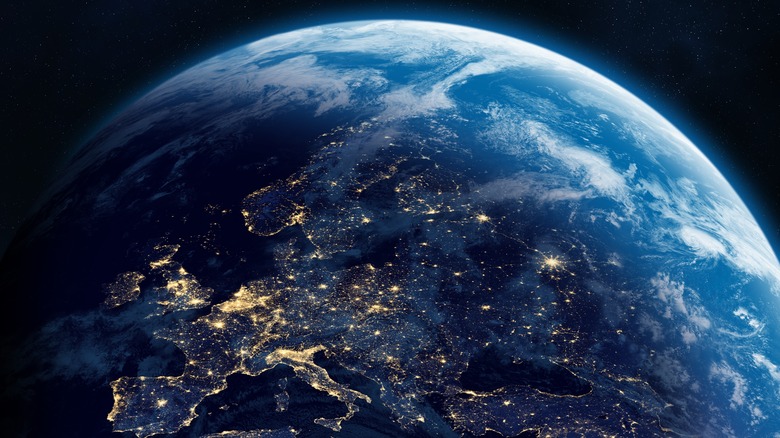Why The Dream Chaser Space Plane Keeps Getting Delayed
The Dream Chaser is the result of a combined effort by NASA and the private company Sierra Space. The private plane is intended to be reusable, allowing for multiple flights to and from Earth and the International Space Station (ISS), with a main focus on bringing and returning cargo.
The Dream Chaser has been in development since 2004, and was supposed to be ready for launch in the autumn of 2024. However, its launch has continued to be pushed back, and there is still no official date on when it might happen. Delays and limited public details are not uncommon in the aerospace world — China's mysterious space plane spotted in orbit in 2024 has revealed almost nothing about its capabilities or timeline.
There are a few issues holding the Dream Chaser back from its maiden voyage. The plane is using a new propulsion system that has to be tested and certified from the ground up. NASA is also enforcing more flight software testing requirements after the issue with the Boeing Starliner. Finally, the availability of the launch vehicle for the plane is also uncertain.
Safety concerns have delayed the Dream Chaser's journey to space
One reason the Dream Chaser's space journey hasn't happened yet is due to the Boeing Starliner fiasco that trapped astronauts in space for nine months in what was only meant to be a week-long test flight. That was caused by multiple technical issues, including problems with the flight software. NASA has since enforced the need for comprehensive flight software testing, which has likely slowed down the Dream Chaser's progress as it accommodates additional safety tests and approvals.
The Dream Chaser will use a new propulsion system that is still not finalized. Sierra Space wants a system that uses a mix of kerosene and hydrogen peroxide to avoid the toxicity of hypergolic propellants that are considered standard. This must be fully working, tested, and certified before it can go anywhere.
The plane will be using a launch vehicle called the Vulcan. It was already scheduled for use for the original autumn 2024 launch date, but since it has been pushed back, that leaves its availability in question. The Vulcan already has a busy schedule with the U.S. Space Force's needs. Both the Dream Chaser and the Vulcan will have to align schedules, which is always a challenge in the fast-moving world of space exploration.
What does the Dream Chaser's future look like?
Sierra Space still intends to get the Dream Chaser going as soon as safely possible. In January 2025, it passed the Joint Test 10B with cargo that included a cryogenic preservation system, a powered ascent utility locker, and NASA's single stowage locker.
In response to the successful test, Vice President of Crew and Cargo Transportation Systems at Sierra Space, Pablo Gonzalez, stated, "Tests like these are critical demonstrations of the capabilities of the Dream Chaser spaceplane and confirms our ability to handle specialized payloads such as vital scientific research that will be integral to our mission to the ISS ... it brings us another step closer to launch" (via Sierra Space).
The Dream Chaser plane will be revolutionary for the future of space exploration once it achieves its first launch. But as seen from the problems with the Boeing Starliner, it's always better not to rush a launch to ensure the Dream Chaser can do all that NASA and Sierra Space want it to do.


